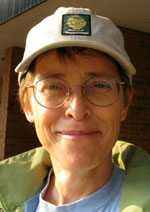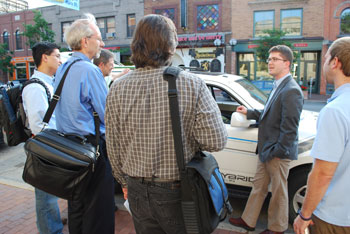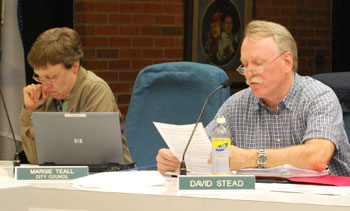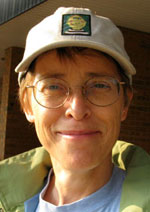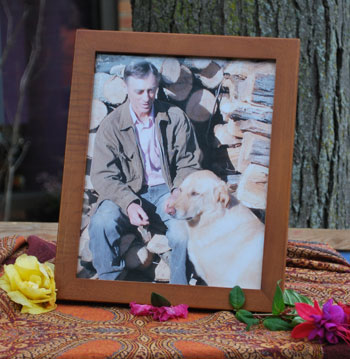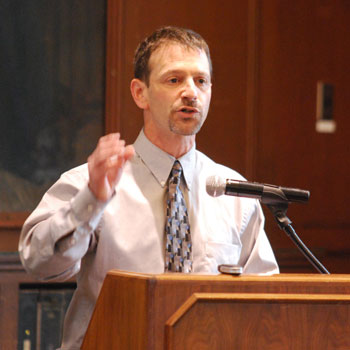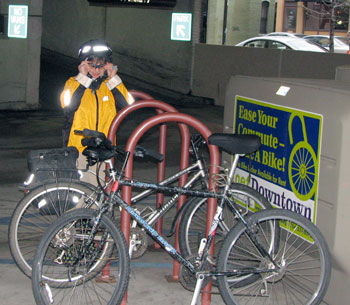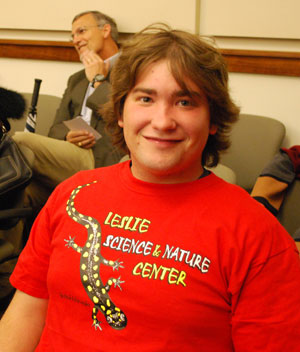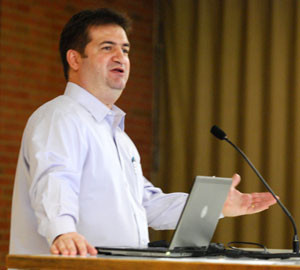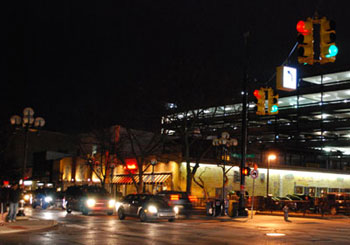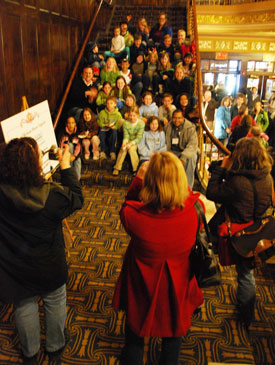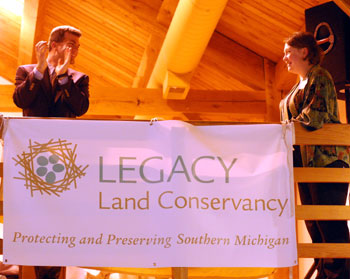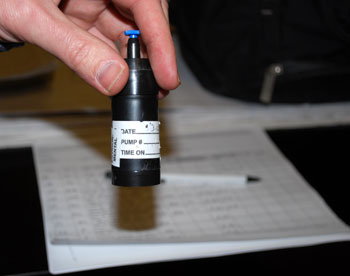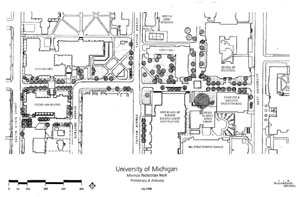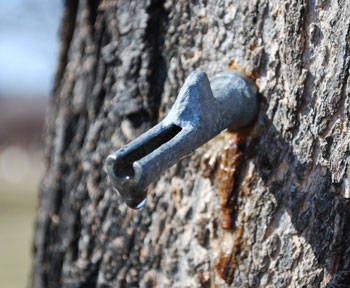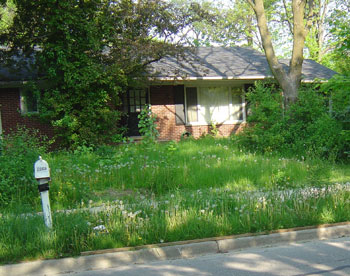The sixties are known for being one of most turbulent decades in American history. Ironically, however, perhaps the most turbulent year of the sixties was actually the first year of the seventies. Before it was even half over, the Weathermen had blown up a townhouse in Greenwich Village, killing three of their own number (including former Ann Arborite Diana Oughton), the unlucky Apollo 13 moon shot had ended in failure, Nixon had invaded Cambodia, four students had been killed at Kent State while protesting the invasion, and a week later, two more students had been killed at Jackson State in Mississippi. Even the Beatles broke up that fateful spring.

A popular button made by U-M student activists to promote their March 1970 teach-in and its tie-in to Earth Day. (Courtesy of John Russell)
The sudden swelling of tension and conflict seen across the nation in early 1970 was also occurring in Ann Arbor. In February, the University of Michigan chapter of Students for a Democratic Society (SDS) organized a series of spirited protests against campus recruiters representing corporations such as General Electric that were supplying material for the war in Vietnam. At one of these “recruiter actions,” thirteen protesters were arrested following a street battle with police.
At the same time, a coalition of African-American student groups calling itself the Black Action Movement (BAM) were demanding that the university take immediate steps to increase black enrollment, and threatening a campus-wide strike if their demands were not met. (Eventually, BAM would call the strike, shut down the university for ten days, and win accession to all their demands.) On top of this were almost daily smaller protests and demonstrations on the war, women’s lib, gay rights, tenant’s rights, and nearly all the other sociopolitical issues of the day.
It was into this maelstrom that a group of U-M natural science students dove when they decided to set about organizing a teach-in on the environment, the latest movement to emerge in a nation awash in movements. The students initially desired to keep the teach-in apolitical, sober, and focused on science. In the highly charged atmosphere of the time, such a goal would prove impossible. Ironically, though, the eventual politicization of the teach-in would prove to be a significant factor in making it the watershed event it would ultimately become. [Full Story]




